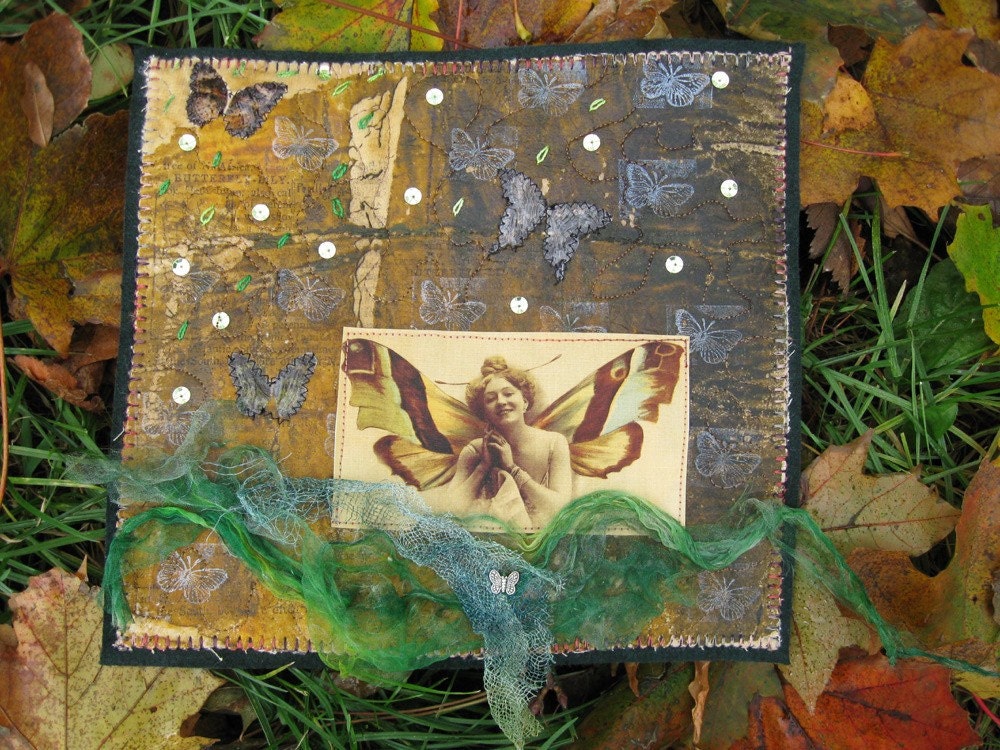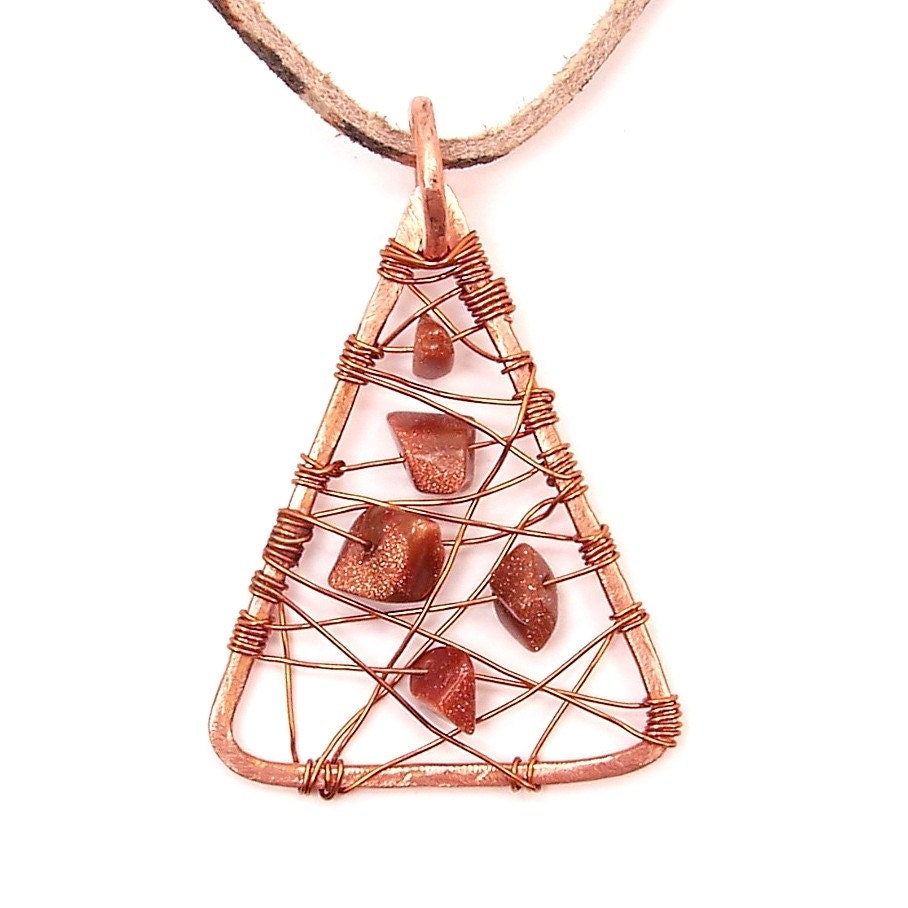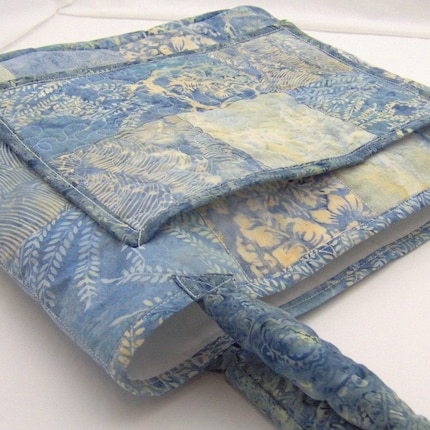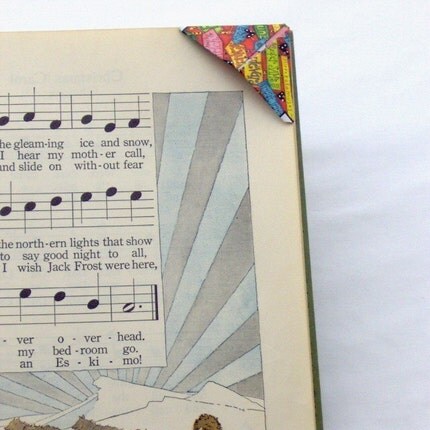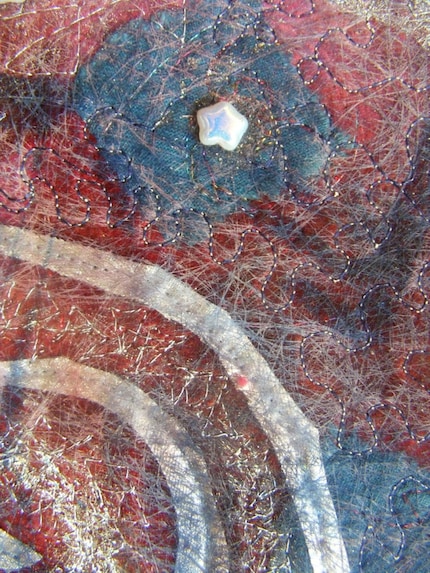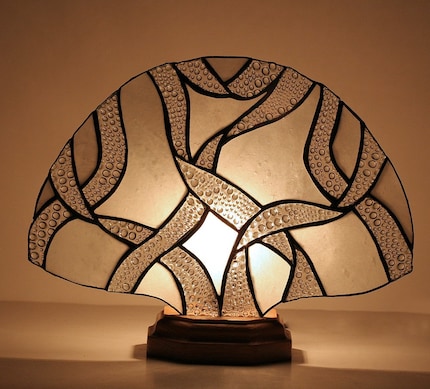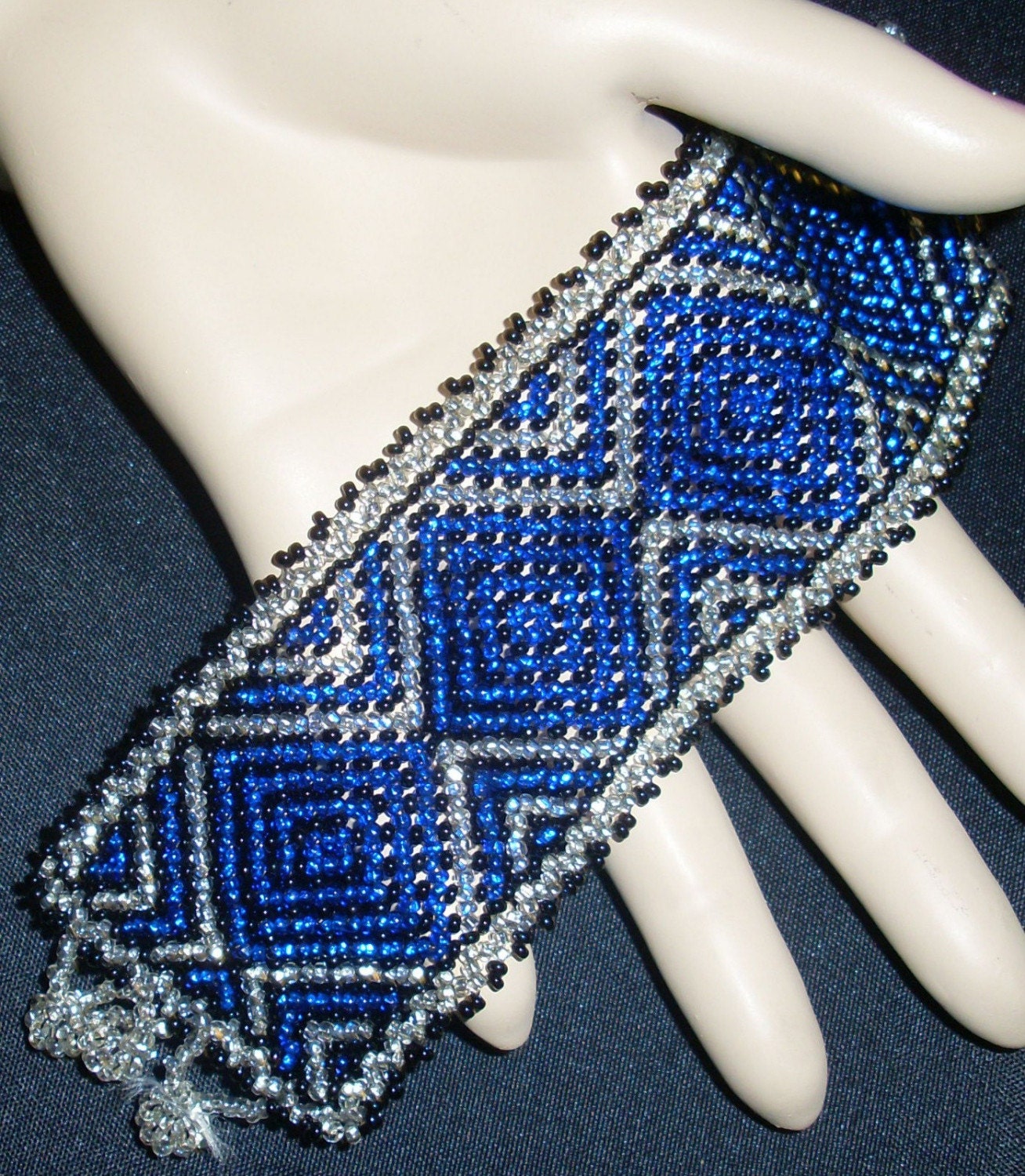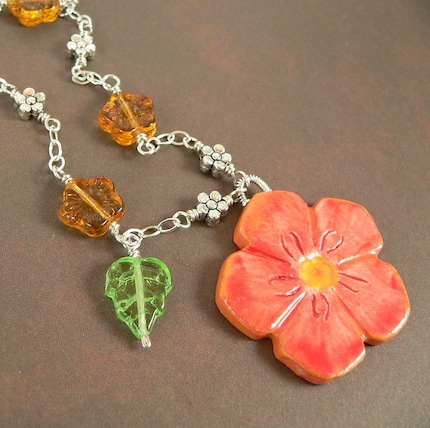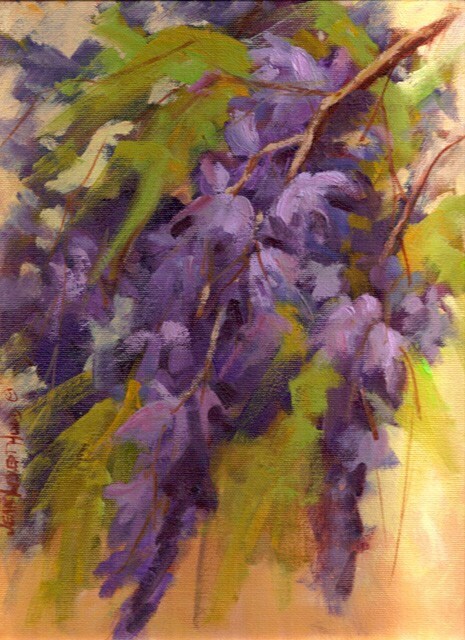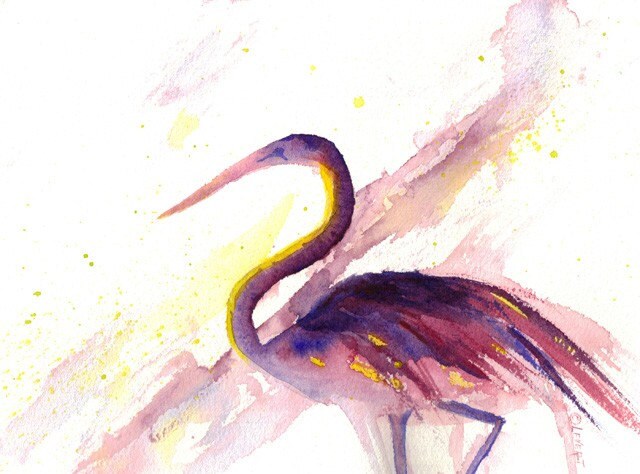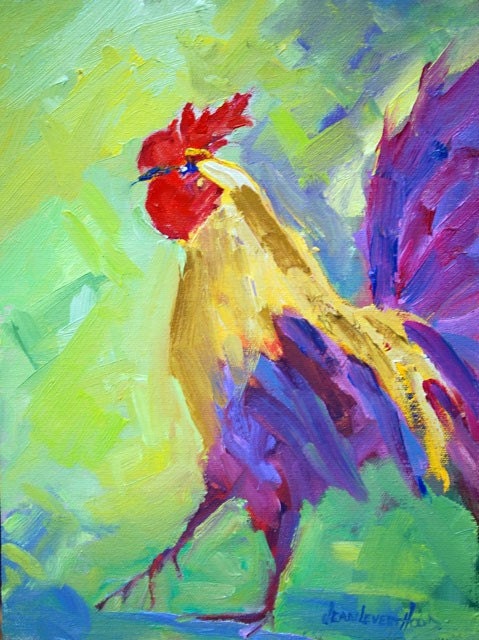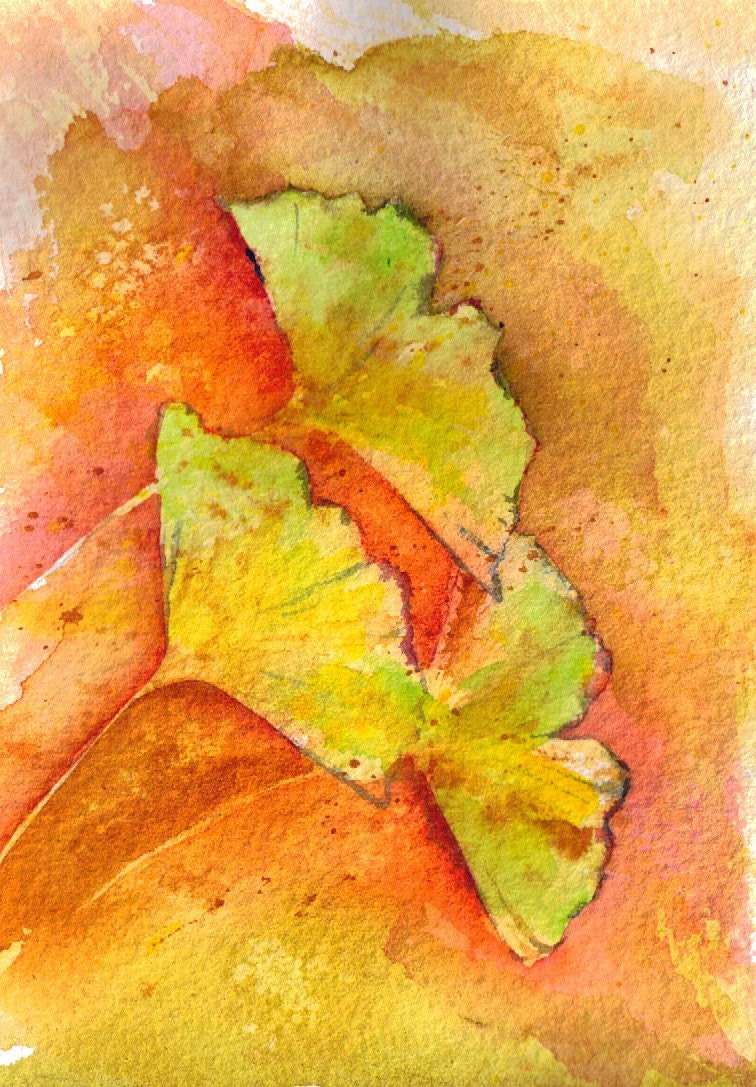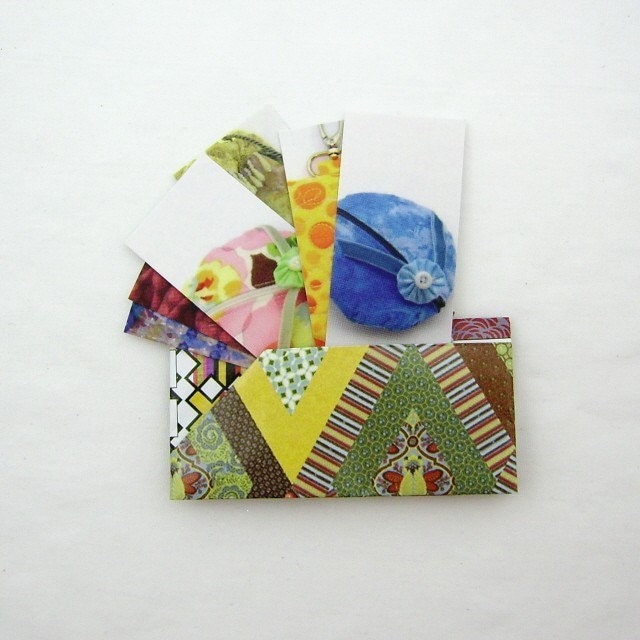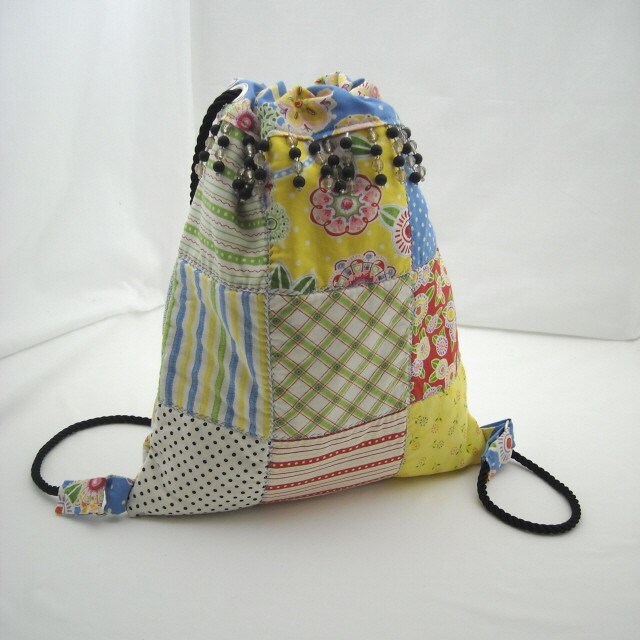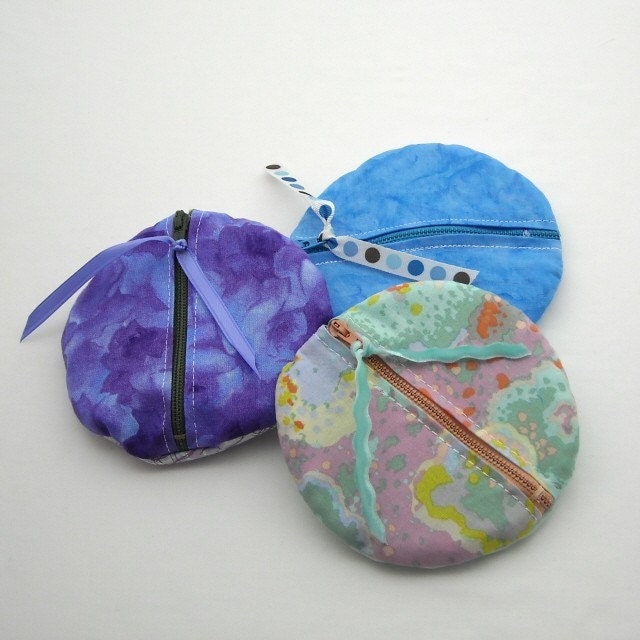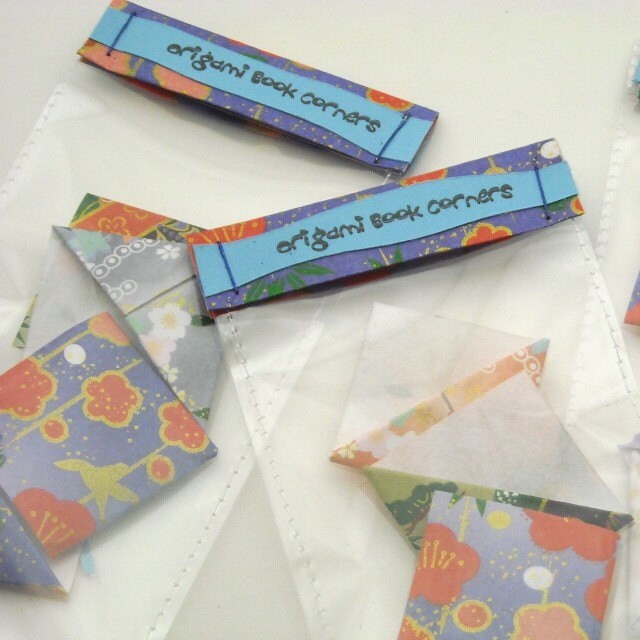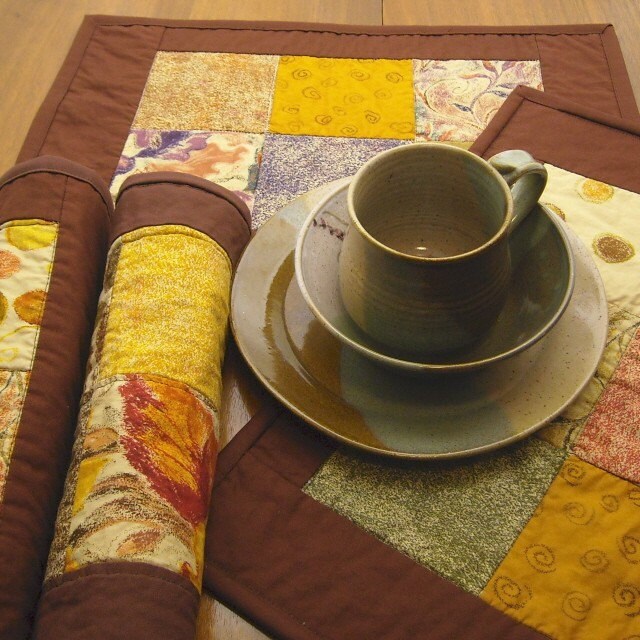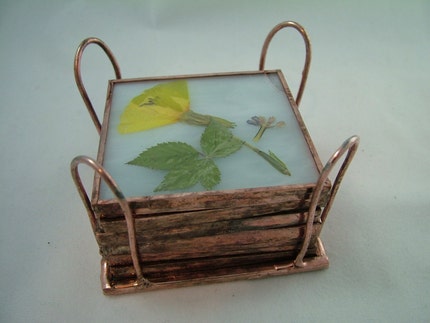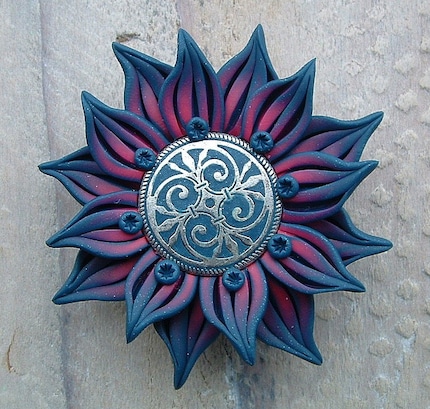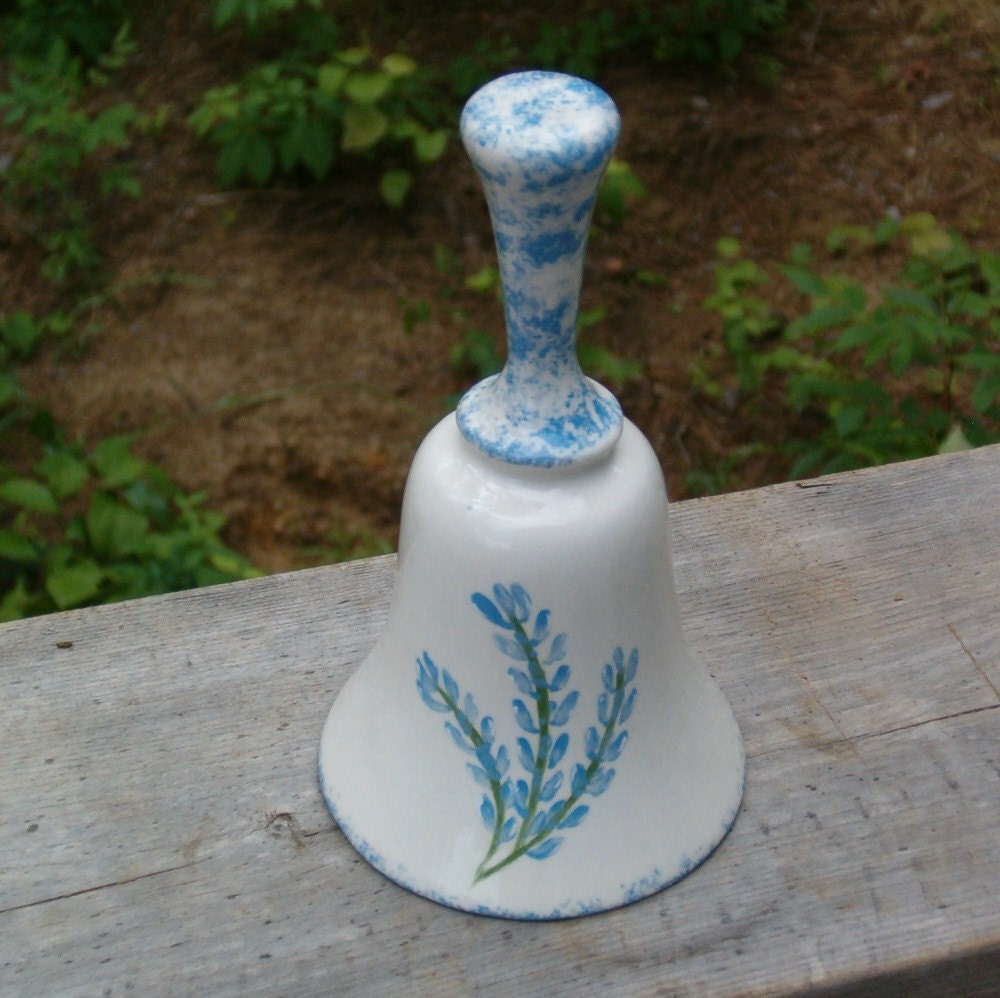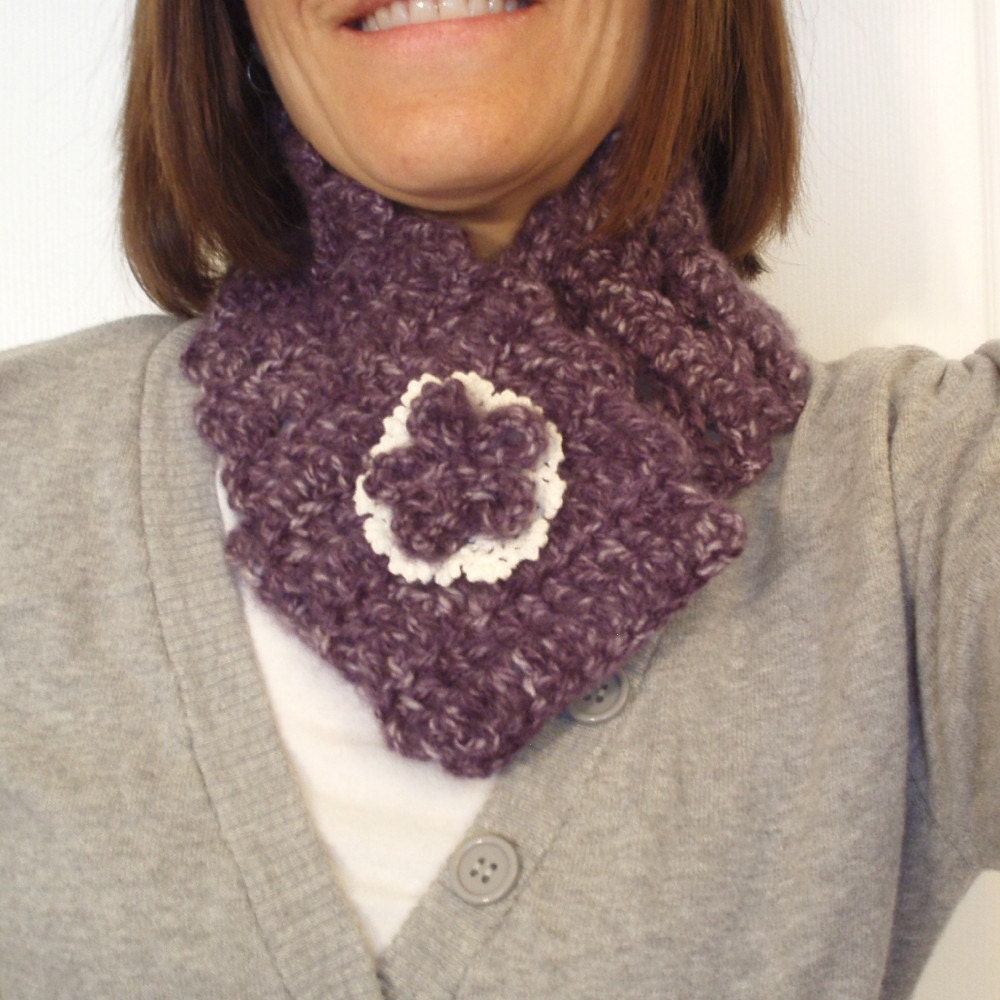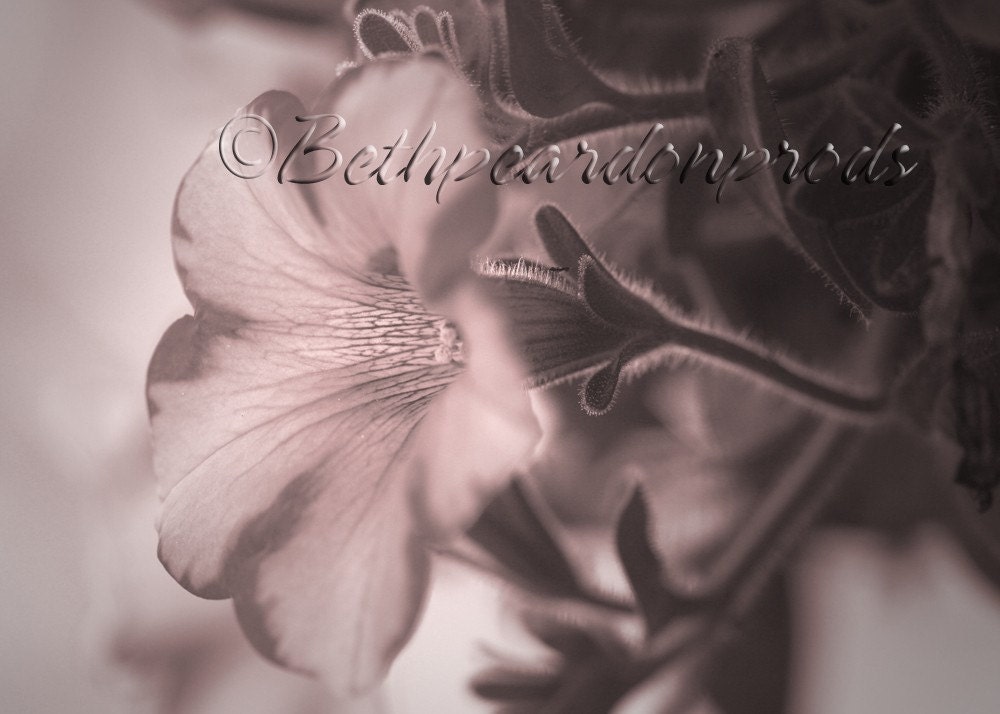Q. What is the name of your shop, and what kinds of items do you sell? My shop is called Bags and More by Pam. I sell hand-crocheted items for people, pets, and homes, including but not limited to hats, scarves, sweaters, ponchos, rugs, handbags, tote bags, baby items, pet sweaters, and spa sets.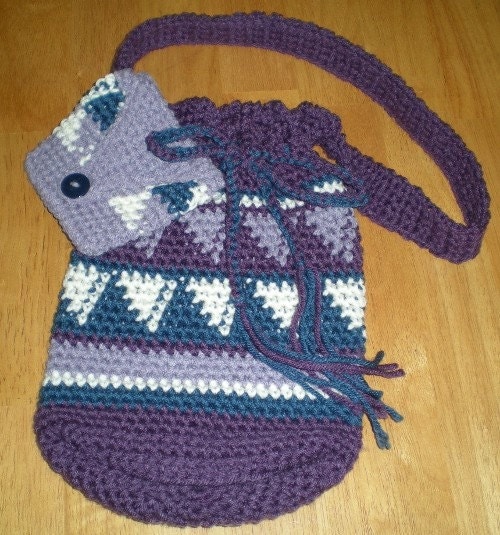
Q. How long have you been engaged in your art/craft? I have been actively fulfilling my passion for crocheting for the past eight years.
Q. Do you consider yourself a hobbyist or a professional craftsperson? I would consider myself a professional craftsperson as I am creating and selling my products via several venues.
Q. What inspires you? Yarn! I love yarn! The way it looks and feels. I also tend to be practical, and items that are both beautiful and useful make me want to create more.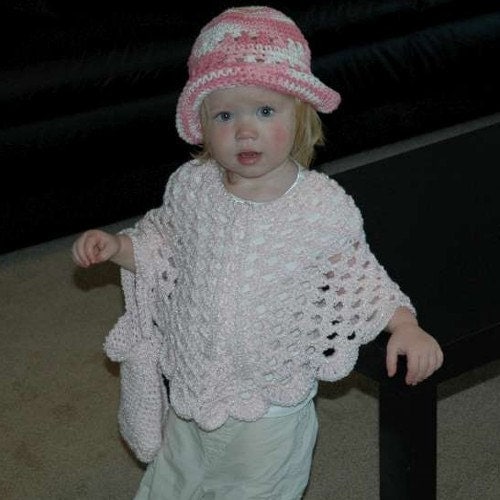
Q. What's a typical day like in your studio? My husband would laugh at this question. He says my “studio” is all over the house! Actually, my main work is done in the evenings while my husband and I watch TV. He says I treat the TV as a radio and mainly listen! Not so! I do look up from my crocheting all the time, especially if I am making something familiar and can continue crocheting by feel. We may be watching TV in our living room or in our family room. Those are my crochet “studios.”
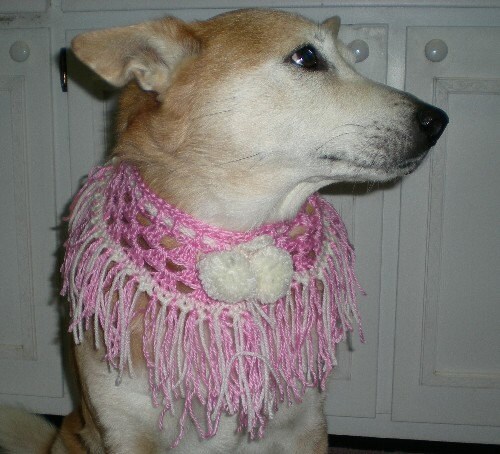 Q. What keeps you company while you’re working on a project? My husband, our two dogs, Daisy and Eddie, and the TV.
Q. What keeps you company while you’re working on a project? My husband, our two dogs, Daisy and Eddie, and the TV.
Q. What is your favorite task related to your art/craft? Looking at it when it is finished, although I’ve been heard to say, “Oh, isn’t this going to be so cute?” way before the item is completed. And having someone purchase one of my creations ranks way up there, too!
Q. What is your least favorite task related to your art/craft? Weaving in the loose ends is not a favorite task.
Q. What are some of the venues you use to promote your shop? Do you blog? Use other sites? Which teams do you belong to? My teams on Etsy are the Boomers and Beyond (Bbest) team, Etsyhookers Team, and INCrowdteam. In addition to my Etsy site, I have stores on Artfire and 1000Markets. My blogging includes contributing to the Bbest team blog once a month, posting to my own blog, and creating the featured artist section of the Crafting4Animals blog. I’ve recently signed up for Twitter and Facebook.
Q . Related to your craft, tell us about a funny, strange or unusual situation you found yourself in. One Friday I was checking my Etsy store, and there was a sale. When I looked to see what had sold, it was the gray men’s cable design sweater. A customer from the Netherlands had purchased it. There was just one problem. I had sold that sweater locally and hadn’t made another yet. So, Friday evening I had to go get the yarn. Between Saturday and Sunday and Monday morning, I crocheted for 30 hours to complete that sweater so I could meet my own self-imposed “I will ship within two days” deadline! That was one of those lesson-learning life experiences. Needless to say, the sweater is not in my shop right now since it isn’t made again yet. That was what I would consider just a bit stressful!
. Related to your craft, tell us about a funny, strange or unusual situation you found yourself in. One Friday I was checking my Etsy store, and there was a sale. When I looked to see what had sold, it was the gray men’s cable design sweater. A customer from the Netherlands had purchased it. There was just one problem. I had sold that sweater locally and hadn’t made another yet. So, Friday evening I had to go get the yarn. Between Saturday and Sunday and Monday morning, I crocheted for 30 hours to complete that sweater so I could meet my own self-imposed “I will ship within two days” deadline! That was one of those lesson-learning life experiences. Needless to say, the sweater is not in my shop right now since it isn’t made again yet. That was what I would consider just a bit stressful! 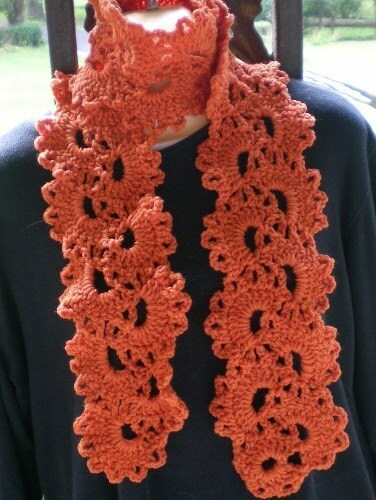
Q. Tell us something about you that we wouldn’t necessarily know about you by talking to you in the forums. I have lived in the town where I was born my whole life except for 14 months when I joined my husband in Colorado Springs while he was stationed at Ft. Carson. I taught one year in Security, Colorado during that time. When he was discharged, we returned to Bloomington. We have lived in our current house for 36 years, and the one before that for 5 years. It is safe to say we don’t like to move!
Q. Tell us about your favorite books, movies and music. Oh, my. I like so many books that I will have to give you authors instead: David Baldacchi, James Patterson, Robert Ludlum, Iris Johannsen, Nora Roberts, Tony Hillerman, and Mary Higgins Clark, to name a few. They all have mystery and intrigue; I especially enjoy the ones about government and international conspiracy.
I also have a list of favorite movies: Air Force One, Sleepless in Seattle, Enemy of the State, Conspiracy Theory, Shawshank Redemption, An Affair to Remember, Three Days of the Condor, and all the Bourne movies. My book and movie tastes run in the same vein . . . mystery, romance, international intrigue. Sleepless in Seattle is just downright cute and sweet!

Q. Would you care to share any words of wisdom with other aspiring artists or crafters? Do what you love and love what you do, continue to learn more about your craft, and have patience while others learn about you.
Please be sure to leave a comment for Pam.

